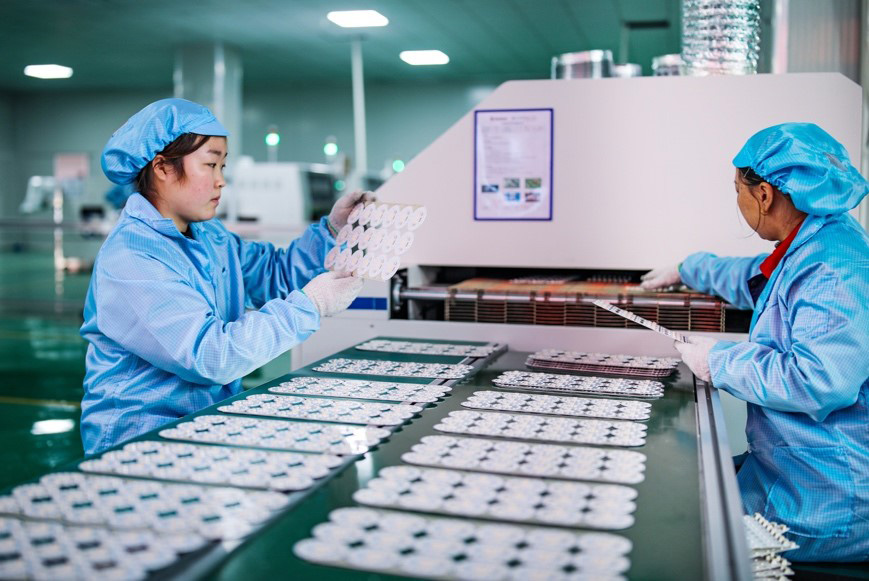China encourages foreign investment in wider range of industries
China expanded list of industries in which it will seek to encourage foreign investment on Dec. 28, 2020.
A total of 1,235 items are on the revised list issued by the National Development and Reform Commission (NDRC), China's top economic planner, and the Ministry of Commerce (MOFCOM), up from 1,108 a year ago.
An official from the NDRC said the expanded list means that China will welcome foreign investment in more fields, and foreign enterprises will also embrace more opportunities in China. It will better serve the country's new development paradigm, the official added.
The list continues taking the manufacturing sector as a major area where China encourages foreign investment. Items have been newly added or revised in the fields of raw materials, spare parts, and terminal products.
The list, taking promoting the integration of the service and manufacturing industries as one of its priorities, aims to develop new businesses and new infrastructure while expanding opening up. For instance, it newly added or revised the items of 5G and block chain development in the field of R&D, the items of high-end equipment maintenance and digital transformation of production lines in the field of commercial services, and the items of online education, online medical service and remote working in the field of information services.
The list also encourages more foreign investment in central and western part of China. It will help promote the development of regional open economy and export-oriented industrial clusters in central and western provinces, autonomous regions and municipality. For instance, items of agricultural product processing and tourism development projects have been newly added for Heilongjiang and Yunnan provinces.
The list was usually revised every three to five years, but the last revision was made only a year ago. The NDRC official explained that the revision this time was an important measure to further stabilize foreign investment under the current circumstances. It aims to actively respond to the complex exterior environment and the downward trend of global cross-border investment. It adheres to expanding opening up and attracting foreign investment, and promotes existing resources, stabilize additional resources and improve investment quality. It encourages foreign investment in more industries and has added items in manufacturing, producer service industries and central and western regions, so as to boost confidence of foreign investment and stabilize the fundamentals of foreign investment, as well as the supply and industrial chains.
According to the NDRC official, foreign enterprises create around a quarter of China's industrial output, 1/5 of tax revenue and 1/15 of employment. They are major entities in China's domestic economic cycle, playing an active part in promoting high-quality economic development. In addition, foreign invested enterprises enjoy natural advantages in the international economic cycle. They can help upstream and downstream local enterprises integrate into the global industrial chain, and contribute about 40 percent to China's total import and export volume. Therefore, to encourage foreign investment is conducive to promoting the smooth circulation of domestic and international capital, technologies and personnel, and will help enhance the interaction between Chinese and foreign economies, as well as the high-quality development.
According to the list, foreign enterprises not only can invest in more industries, but also enjoy a series of favorable policies. For encouraged foreign investment projects, the equipment within the total investment volume are exempted from tariffs, except for those stipulated in special catalogs. The foreign enterprises that invest in the industries encouraged by western regions and Hainan province will enjoy an 85 percent discount in corporate income tax. Besides, the encouraged industrial projects of intensive land use will enjoy priority in land supply.
The new list will come into effect on Jan. 27 this month, by which the 2019 version will become invalid. The under-construction foreign invested projects that meet the requirements of the 2020 version can enjoy relevant favorable policies.





